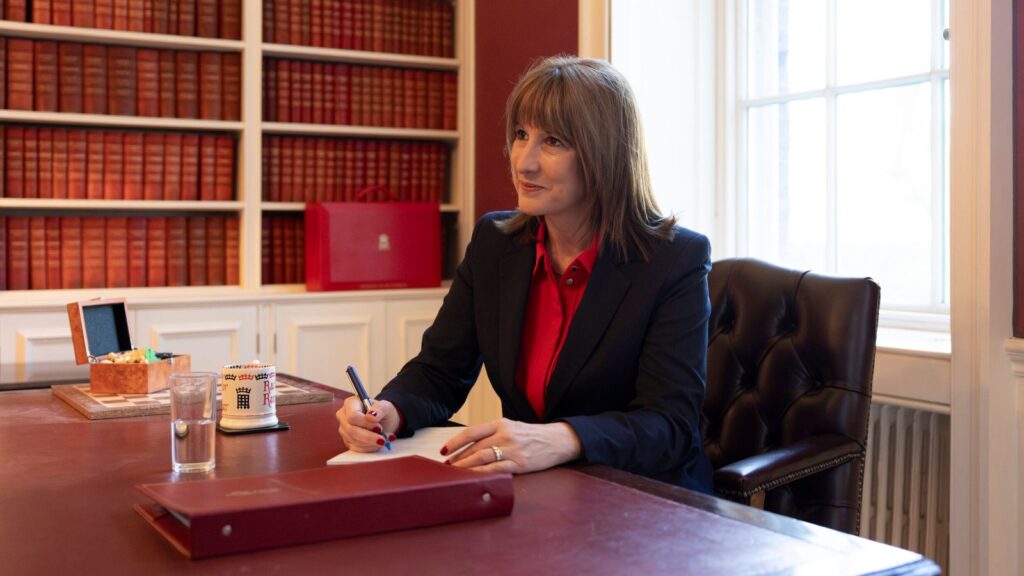With a new leader, the Conservative party conference is particularly interesting this year. CaSE intern Tom Denbigh takes a look at the mentions of STEM and what it says about government priorities.
Science and Tech soundbites at the Conservative party conference
05 Oct 2016
During this year’s conference there were multiple mentions of the strength of UK science. This was apparent even in Theresa May’s Keynote Brexit speech, which briefly highlighted our large number of Nobel Laureates. This was later reiterated by the Business Secretary, Greg Clark, who said: “We are a scientific powerhouse. Only America has more Nobel prize-winners, and more top universities. Look up into the night sky tonight and marvel that a quarter of all satellites launched into orbit are made not in Houston or Cape Canaveral – but in Stevenage”.
“We are a scientific powerhouse”
Other speakers took similar lines; David Davis (Secretary of State for Exiting the European Union) in his closing remarks also talked much about how the UK is “A Science superpower. A world leader in research and the arts. A trailblazer in biotech, in digital, in pharmaceuticals.” Greg Clark and Liam Fox (Secretary of State for International Trade) likewise focused on UK strengths which included science and “some of the best universities in the world, a strong research base” (Fox).
Clark also suggested that the government wanted to invest in this area, although he also believed current spending was effective – and that British science gets a lot of “bang for the buck”.
Industry and science
Most elucidating, as is to be expected, were Philip Hammond’s comments (Chancellor of the Exchequer). Hammond emphasised again and again the strength of British science: “Over the last few years, unnoticed by most of us, entrepreneurs and scientists from home and abroad have been turning Britain into a hub of tech innovation”. He then went on to highlight the value of this to the UK: “global businesses have followed, hungry for the inventions and innovations they are generating…developing technologies that will change fundamentally the way we work and the way we live.”
“Science from the lab, into the factory”
The story from Philip Hammond is one of a Britain where research is a big part of our future industrial success: “Part of Britain’s productivity transformation will come, of course, from innovation. But the new, disruptive, technologies which are right now making their way from university labs and company R&D facilities”. This ties into the £220 million announced on Saturday and reiterated in Hammond’s speech as money to be used to: “stimulate the transformation of revolutionary science into deliverable healthcare interventions” and to “nurture the tech transfer offices … to get the science from the lab into the factory”.
Immigration
As we know, Brexit is likely to have an impact on STEM and some indication of this was clear in Amber Rudd’s (Home Secretary) speech on immigration policy where she announced another consultation on “the next steps needed to control immigration” across work and student routes. Specifically she stated the intention to look at “tougher rules for students on lower quality courses” and limiting whether families of these students can work.
How this will work is unclear however; comments by Jo Johnson (Minister of State for Universities, Science, Research and Innovation) suggested the student system may not change: “We have a system in which there is no cap on the number of international students who can come in on Tier 4 and I don’t envisage that changing.” And Hammond emphasised that we will still be looking for great scientists “after Brexit, we [should] go on attracting the brightest and the best…the highest skilled and the most dynamic…entrepreneurs, scientists, engineers and managers from around the world.”
However it was also clear from Jeremy Hunt (Secretary of State for Health) that there would be a push to train more at home including increasing medical school places: “From September 2018, we will train up to 1500 more doctors every year, increasing the number of medical school places by up to a quarter”
How these soundbites play out will remain to be seen. CaSE will continue to work hard to ensure these top level statements translate into policy and funding decisions that help science thrive.
Related resources

CaSE analysis of the 2026/27-2029/30 UKRI budget allocations.

CaSE analysis of the Autumn Budget delivered by the Chancellor on 26 November 2025.

Analysis of the newly announced framework for public R&D investment, presented in speeches by Liz Kendall and Prof Sir Ian Chapman.

A summary of two workshops CaSE held with sponsors and stakeholders in Wales and Scotland as part of our work to raise the profile of R&D in Holyrood and the Senedd.